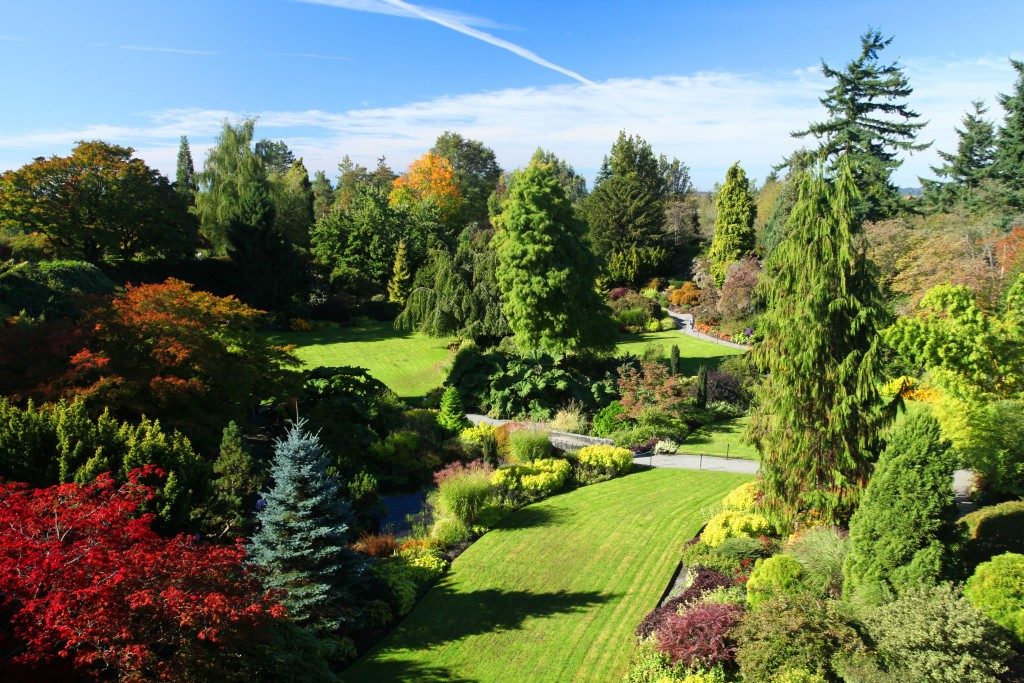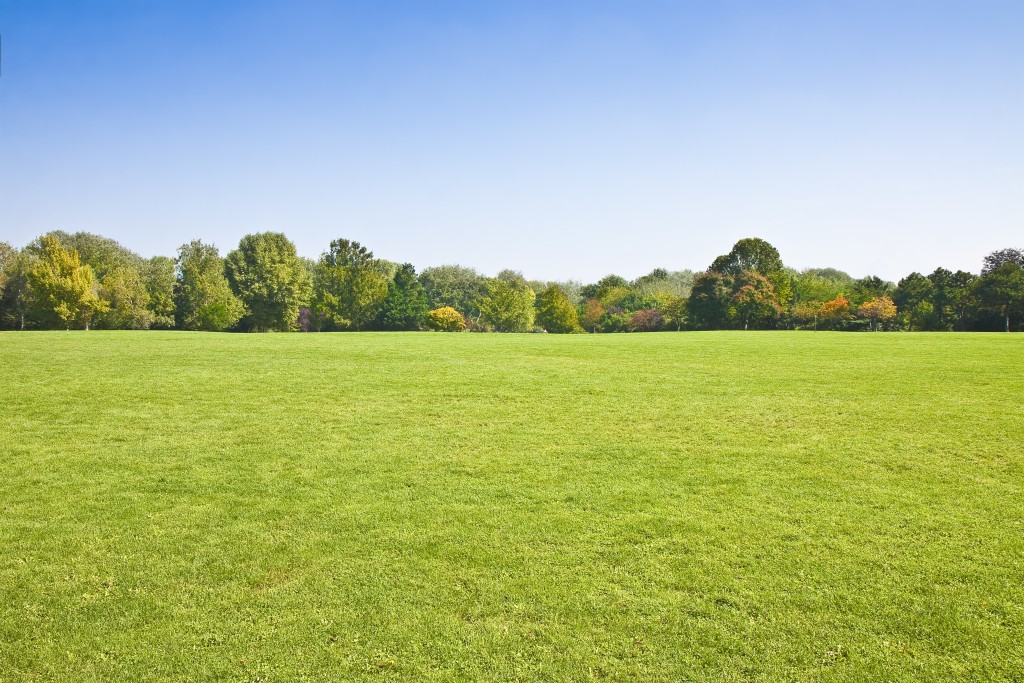Disclaimer: This website provides health information for educational purposes only and is not a substitute for professional medical advice, diagnosis, or treatment. Always seek the guidance of a qualified healthcare provider with any questions you may have.
When people talk about parks, they often picture kids running around the playground and dog owners walking their furry friends. But in these places, there’s something more than monkey bars and picnic grounds.
Apparently, Americans love their parks for one common reason: these recreational spaces promote a healthy community. These parks provide opportunities for physical activity through sports facilities, bike trails, and even public pools. Based on a 2016 survey of the National Recreation and Park Association (the most recent published online), a typical American visits their local parks about 29 times annually. That’s more than twice a month, on average.
Local businesses may also open shops around the park and target both community residents and visitors. For this reason, cities or states with many recreational parks, such as Greenville, SC, need commercial landscaping services. With this kind of service, the local parks and recreation organization can help improve the place, starting with the following:
1. Greener Park
Parks also promote public health with their natural assets, which include trees and plants. Vegetation provides shade and fresh air for park visitors. Additionally, if the park is located in a heat island, vegetation can help offset or even lower the temperature.
Despite the importance of trees and plants, they shouldn’t be overdone so that they will be easier to maintain and that the park does not appear like a jungle. Speaking of maintenance, trees need regular pruning, so their branches don’t fall off and cause injuries. Grass should be cut at an appropriate height, as well, so rodents and other burrowing animals don’t nest in them. For better maintenance, the local government should appoint a tree crew to oversee the health of trees and other greens in the park.
2. Safer Park

Because many visitors, especially children, come to these places, it’s only important to make parks as safe as possible. For instance, the pavement should be constructed from non-slip materials. Playground equipment should adhere to regulations which the US Consumer Product Safety Commission (CPSC) set. For instance, there should be protective surfacing under and around equipment. The CPSC also has recommendations for playground layout and installation and maintenance procedures for these pieces of equipment. Other ways to keep parks safer are:
- Clear separation between vehicle lane, foot lane, and bike trails
- Consistent, even lighting for a better view of obstacles during nighttime
- Emergency evacuation plan posted in conspicuous places
- Authorities patrolling the perimeter to ensure peace and safety
- Round-the-clock CCTV surveillance around the entire perimeter
3. More Accessible Park
Because parks are for the public, it only makes sense that they should be accessible to everyone, including people who are differently-abled. All entry and exit points should have ramps for those who use wheelchairs. Park visitors who are blind or have visual impairment can also still enjoy the view through the use of technology. The park maintenance team can provide blind patrons with devices that describe the scenery via audio.
For the general public, the park can become more accessible through signs and maps that lead to the place. Driving around the park (whether via a car or bike) should be trouble-free, and parking spaces should be provided.
4. More Sustainable Park
Apart from having it covered with adequate vegetation, a park can be a sustainable place through other ways. For example, there should be a ban on the use of single-use non-biodegradable plastic products across the park. Visitors should be encouraged to dispose of their waste in the correct trash bins properly.
The local government can also invest in solar panels for the energy requirements of different park facilities. The parks and recreation committee can also hold an annual tree-planting event around the area.
Parks play an integral role in promoting fun, closeness to nature, and relationship fostering among members of the community. A well-maintained park also has other benefits – making a community a more livable place for families and a more profitable one for local businesses.




